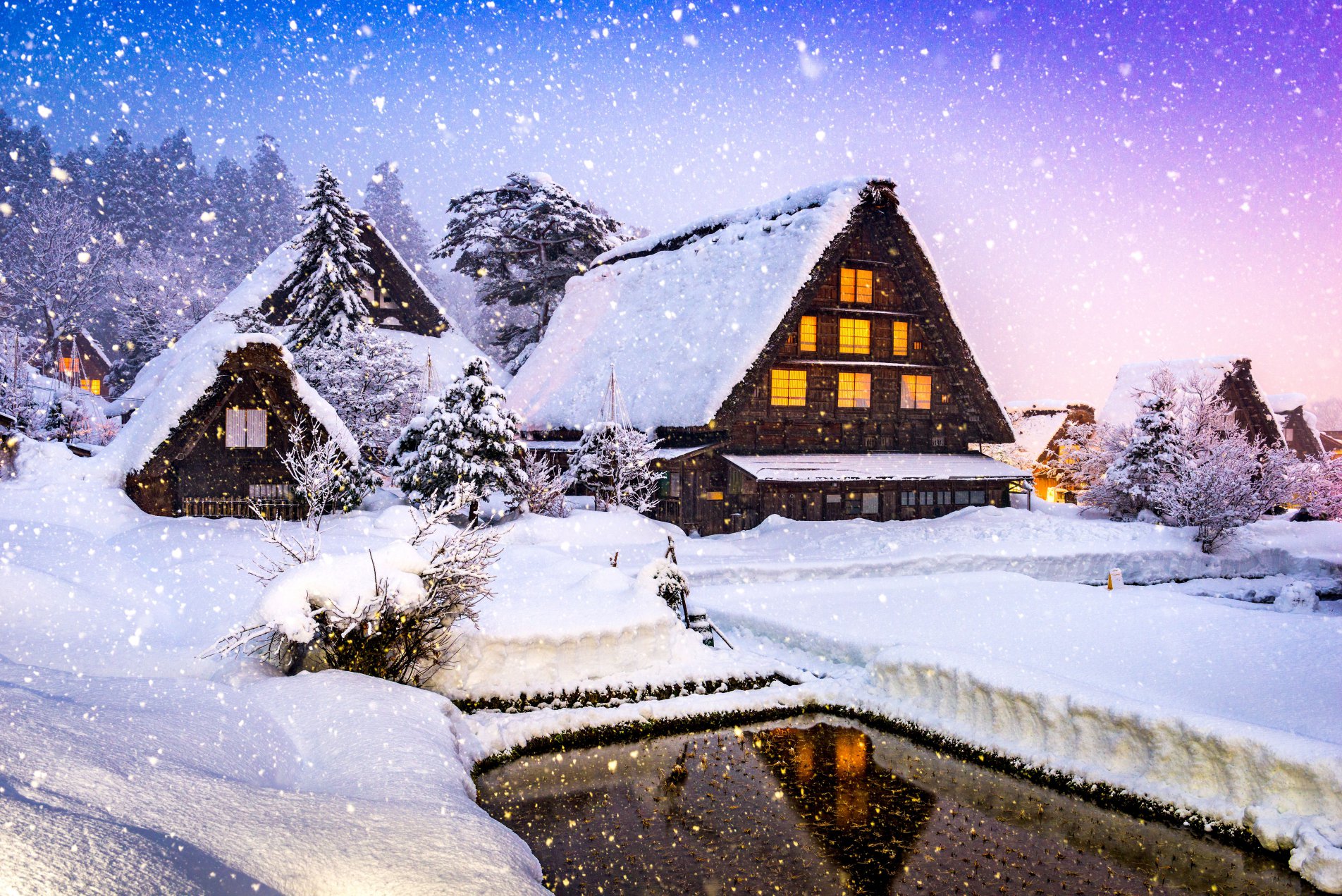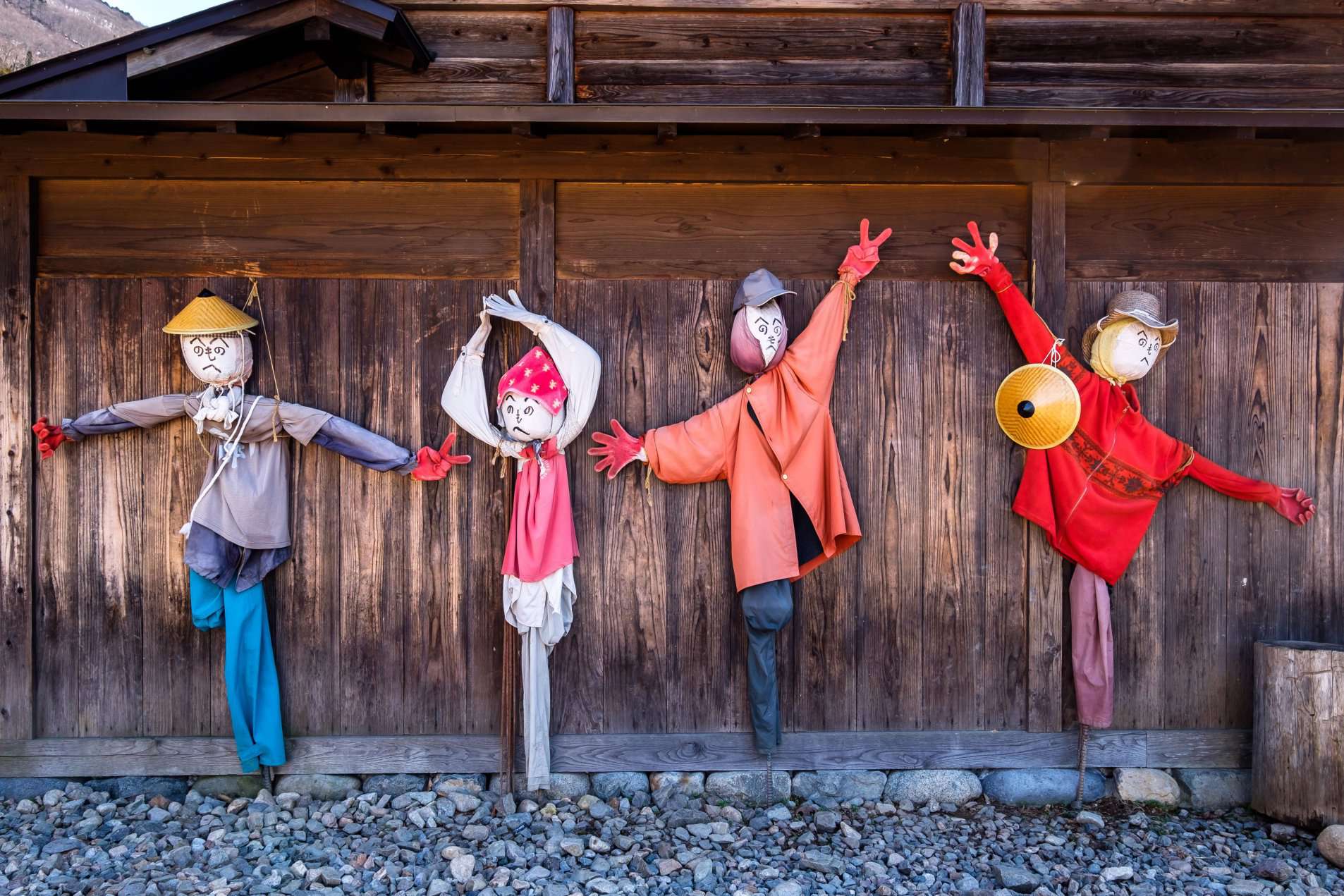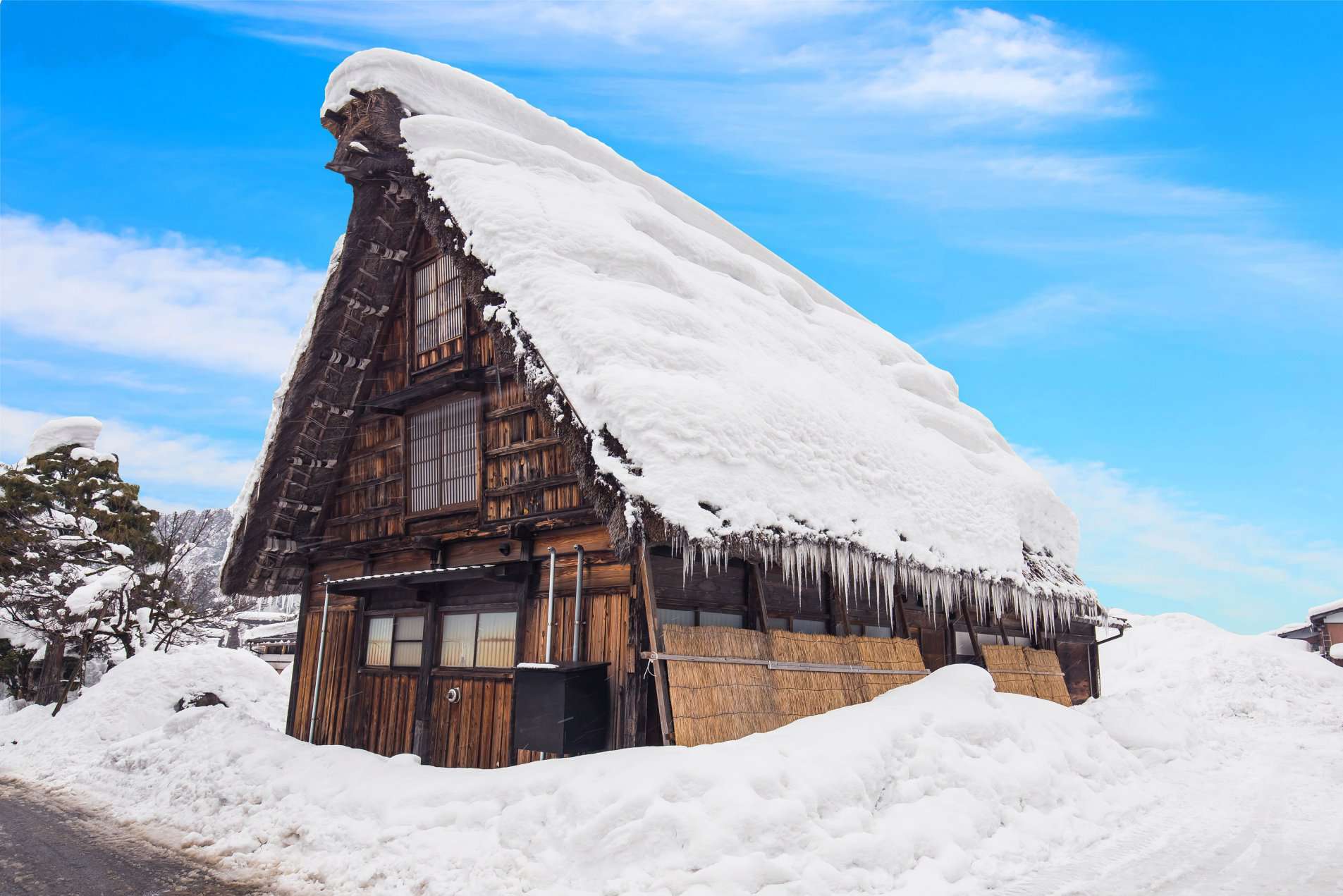Linh Yen
Come winter, Japan’s Shirakawa-go transforms into a snowy wonderland
I have two contrasting impressions of Japan. It’s both the world’s third-largest economy with remarkable growth and advanced technological infrastructure, and a museum of traditional ways of life, seemingly unaffected by the passage of time. If you wish to learn about modernity, think Tokyo. If you want to find timeless cultural beauty, please follow me to the peaceful land of Gifu, home to Shirakawa-go (Shirakawa village).

Renowned for its traditional houses with steeply sloped thatched roofs, the village resembles a fairy world in a beloved story book.
My first visit to Shirakawa was on a gentle day in early autumn. The breeze carried the pleasant smell of ripe rice, cosmos flowers swayed in the wind, and the steeply sloped thatched roofs of the dark wooden houses lay nestled in autumn foliage. As in the famous town of Takayama, which lies nearby, life here is leisurely. There are few restaurants or shops. Looking at these old houses, which remain functional and well-kept, it feels like time has stood still in this village for the last 300 years. The traditional thatching technique, which has been passed on through generations, helps to maintain an ideal indoor temperature in both summer and winter. While snow slides off the steep roofs, the thick layers of thatch (40-50 cm in total) keep the houses warm during the bitterly cold winters. I was so intrigued by these thatched roofs that I almost forgot the many other interesting things to discover here during the winter, including the tradition of lighting up the houses. This tradition has led to a world-famous winter festival.

To visit Shirakawa-go again in winter, I spent a lot of time studying available information and planning a perfect trip. The Shirakawa-go Winter Light-up is the biggest and most awaited festival in this village, where the landscape is beautiful all year round. I kept visiting the website Shirakawa-go.gr.jp to get updates of the festival’s schedule and to find accommodation. Normally, the houses are lit up on six weekend nights in January and February, when the whole village is covered in deep snow. With help from members of travel groups who shared their experiences of visiting Shirakawa-go in the winter, it was easy to plan my trip. I booked a bus from Tokyo, a tour ticket, and an admission ticket to the Shiroyama Viewpoint to watch the whole village being lit up. To my surprise, the tickets were almost already sold out four months in advance. I also carefully noted must-visit sightseeing spots, food stops, and transportation information to prepare for my trip.

On the day I arrived, Shirakawa-go already wore a white coat, which gave me mixed feelings. The houses were covered in snow but the thatched roofs had managed to shed most of their loads, leaving only a thin layer of white. The average temperature in Shirakawa-go in winter is below 0 degrees Celsius. The village is among the snowiest places in the world. The small paths that had been lined with blooming purple flowers in the autumn were completely covered in snow. I wandered through the streets, sometimes stopping to build snow figures or play snowball with my travel companions. We also visited souvenir shops and sipped some cups of tea before going to the Shiroyama Viewpoint. The light-up hours had been scheduled, and the 500 people with tickets flocked to the viewpoint in time for the event. Then came the magical moment when the yellow light bulbs were turned on, transforming the whole village into a winter wonderland. As millions of snowflakes fell and sparkled under the warm lights, the landscape looked like a dazzling winter scene on a Christmas card. It felt like a sweet dream. Shikarawa-go is a real-life fairyland full of magic and miracles.










